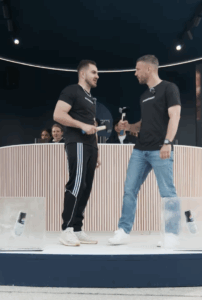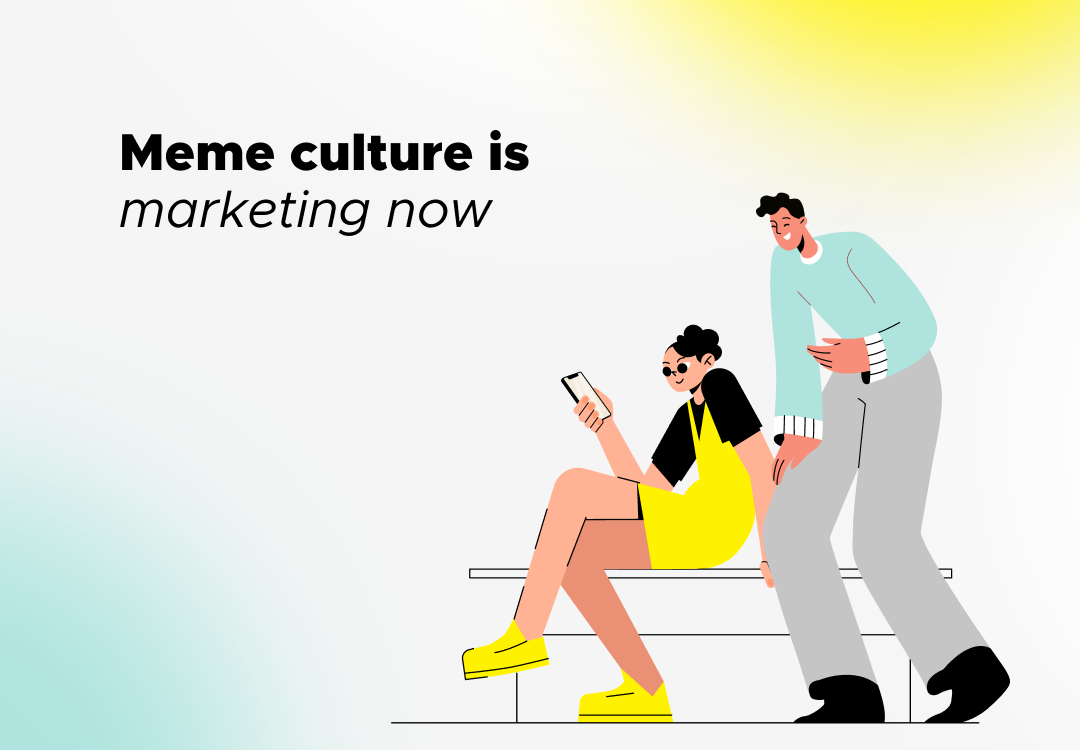How Brands Are Expanding Relevance Through Social Media
In today’s digital landscape, leading brands are moving beyond products to build cultural relevance. Discover how social media helps them redefine their purpose and expand their role in people’s lives.
June 30, 2025

In his seminal 1960 essay “Marketing Myopia”, economist Theodore Levitt posed a deceptively simple question to business leaders: What business are you really in? His argument was that companies too often define themselves by the product they sell, rather than by the needs they meet or the value they provide. More than sixty years later, Levitt’s insight has never felt more relevant – especially for brands navigating the complexities of identity, purpose, and audience engagement in the digital age.
Today, many of the most culturally influential brands aren’t merely selling makeup, soda, or soap. They’re selling belonging. It’s about empowerment, identity, and participation in something bigger. And increasingly, they’re finding that cultural relevance is a powerful driver of long-term value.
Social media, in this ecosystem, has become the connective tissue: not just a communication channel, but a platform for amplification, conversation, and meaning-making.
Culture Is the New Business Strategy
The brands leading this shift understand that culture – not category – is the new competitive advantage. This evolution echoes Levitt’s central premise: “People don’t want a quarter-inch drill. They want a quarter-inch hole.” Applied to today’s context, consumers don’t want just a beverage – they want refreshment that aligns with their lifestyle. They don’t want just skincare – they want confidence, visibility, and shared values.
That’s why beauty brands like Fenty Beauty are entering sports. Fenty’s partnership with the WNBA’s New York Liberty isn’t about selling cosmetics – it’s about aligning with a mission of strength, diversity, and cultural pride. These activations are designed to live – and thrive – on social media, where storytelling, representation, and personal expression drive brand equity.
UK-based Beauty brand REFY also taps into sports culture with a recent tennis-inspired campaign timed to this Grand Slam summer, subtly reframing its skincare and cosmetics through the elevated lens of the sport’s aesthetic.
Social media platforms have evolved into arenas of real-time brand identity shaping.
They offer the opportunity to become part of conversations rather than just interrupt them.
Entering the Space of Product Relevance
More and more, brands are redefining relevance – not by who their competitors are, but by where their products naturally show up in people’s lives. Today’s smartest brands are expanding beyond traditional category cues, claiming relevance through the cultural and behavioral spaces their products naturally inhabit.
A clear example is Fenty Beauty’s strategic entry into the sports world, which finds a parallel in Unilever’s Dove. With its #KeepHerConfident campaign at the Super Bowl, Dove used sport as a platform to spotlight a deeper mission: reducing the dropout rate of girls in athletics due to appearance-based pressure. By turning its core purpose into a cultural narrative, Dove claimed its space in the sports conversation – one that makes sense for a brand whose hero product, deodorant, is inherently linked to physical activity.
CASE HIGHLIGHT SODASTREAM

Similarly, SodaStream’s 2025 UEFA Champions League Festival activation exemplifies how product relevance can be leveraged
through cultural integration. Positioned under the PepsiCo umbrella, with Pepsi as the main sponsor of the UEFA Champions League, SodaStream used the occasion to enter the sports space in a way that felt both natural and earned.
At the heart of the campaign was the promotion of the new Pepsi Zero Sugar syrup. To bring it to life, the brand teamed up with football icon Lukas Podolski and TikTok creator Julyan Pohl aka July, who engaged in playful, football-themed challenges featuring the syrup. The resulting content was produced for the SodaStream Instagram channel and amplified through a targeted paid media campaign, ultimately generating 5 million views rewarding a single shooting day.
More than just a product demo, the activation turned a fun hydration product into a fizzy momentum. It tapped into lifestyle, personalization, and entertainment, highlighting new products while elevating brand perception through partnership and cultural context. In doing so, SodaStream reached beyond a niche audience and into a wider cultural moment, reinforcing its place in the modern conversation around hydration and sport.
See how we’ve delivered impact for other brands.
This trend extends beyond sports: Tarte Cosmetics‘ recent collaboration with Dunkin’ Donuts exemplifies how core products, like lip gloss, can be recontextualized through cross-industry pairings. By aligning beauty with beverage, the activation taps into sensory marketing and complementary lifestyle positioning, curating a shared moment around indulgence and refreshment.
Rather than a traditional business partnership, this is a strategic marketing play, positioning the lip gloss not just as a product, but as the essential companion to this fizzy summer drink. The message is clear: it only feels complete when consumed as a duo.
Why This Shift Is Strategic
Brands are entering spaces like sports not because of a direct product tie-in, but because these spaces are emotionally rich and culturally resonant. This is Levitt’s thesis in action: the real business isn’t the thing you make – it’s the meaning you offer.
There are four core reasons this strategy is gaining momentum:
- Audience expansion through aligned purpose: Entering new cultural arenas helps brands reach adjacent communities in authentic ways.
- Content-native storytelling: Social-first campaigns allow brands to craft narrative experiences rather than static ads.
- Emotional resonance and loyalty: Participating in meaningful moments builds stronger brand bonds than traditional campaigns.
- Modern brand architecture: Through layered activations brands can amplify relevance without diluting identity.
What Marketers Can Learn from It
Levitt urged businesses to think beyond what they make and focus on what they mean to people. In 2025, this advice is more than theoretical – it’s operational. Brands must continually reassess not just what they’re offering, but why they matter in the lives of their audiences.
By entering culturally significant spaces like sports, music or food and beverage, and activating through social content, brands are rewriting the boundaries of categories. They’re becoming cultural actors – responding to social shifts, representing underheard voices, and making emotional investments that outlast any campaign cycle.
So, what business are you in?
If you’re doing it right in 2025, the answer should sound less like a product description and more like a purpose statement.
Because in an age when audiences reward alignment and authenticity, and when culture is shaped in hashtags and highlight reels, the brands that thrive will be those that understand Levitt’s insight at its deepest level.
Latest News ☕

Platform wars: Where should your brand invest in 2026?
November 13, 2025
While most brands chase familiar platforms, forward-thinking marketers are building advant...

Top 5 Christmas campaigns: How the biggest brands are celebrating
November 11, 2025
The best Christmas campaigns of 2025 are already making waves across social media. Here's ...

Meme culture in social media marketing in 2026: how brand accounts are leaning into the success
November 8, 2025
Meme marketing has evolved from internet joke to serious business strategy, with the indus...


